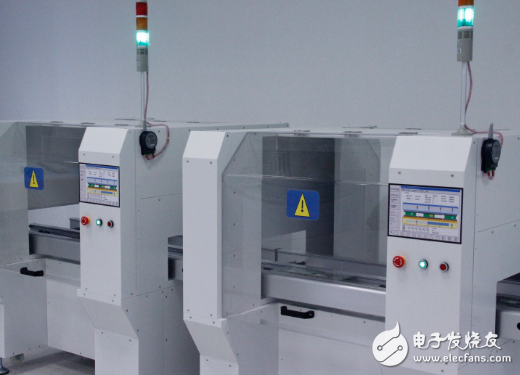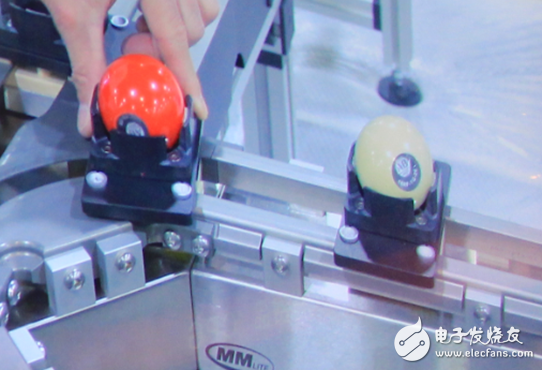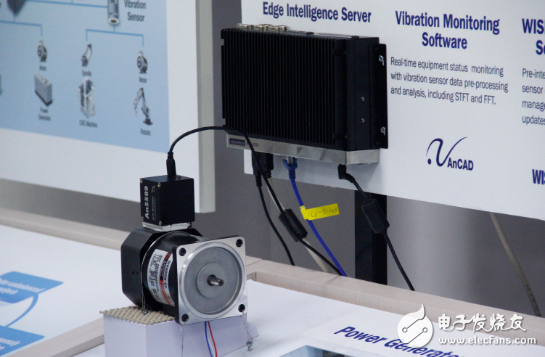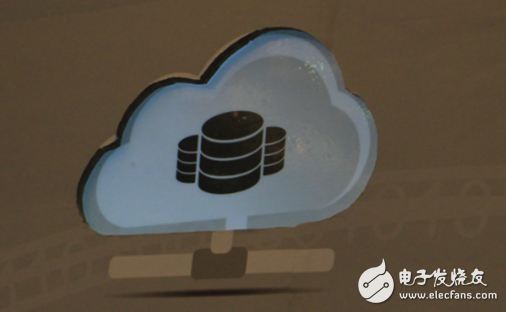With the rise of the Industrial Internet of Things and edge computing, the use of information technology at the operational level has become more and more common, making the boundaries between the digital virtual world and the actual physical devices more and more blurred. The integration of IT and OT has created a brand-new business model, which has brought many opportunities to the manufacturing industry, while also causing companies to face many challenges.
In order to optimize the production process, manufacturers have begun to use the Industrial Internet of Things to collect and analyze various data from the production process. In this way, people can discover the huge value hidden at the edge of the network, including gaining real-time insights and improving Operational efficiency, reducing production costs and making decisions, etc.
New business model for manufacturingThe Internet of Things builds a bridge for the integration of IT and OT to help industrial enterprises effectively improve operational efficiency. Its benefits include reducing equipment downtime, improving the profitability of production lines, and shifting from preventive maintenance to predictive maintenance. These models are already well-known by industry professionals, but this is only the beginning of the Industrial Internet of Things.

Many manufacturers are developing new business models through industrial Internet of Things technology, collecting a large amount of various data from the bottom equipment of the factory, combining with advanced software analysis platforms, digging out better insights from the data, and helping manufacturers to make the best decisions. It is a forward-looking thinking that ultimately enables manufacturers to provide high-quality products or value-added services to their customers.
Industrial enterprises need to integrate customer relationship management system (CMR), automated marketing platform, manufacturing execution system (MES), and related data of the enterprise to provide customers with new functional products or value-added services, such as product life cycle management, faster Product development and product customization services.
For machine manufacturers, they can find some better business models and use Internet technology to provide customers with more personalized services. Equipment manufacturers deliver machines to customers and provide services such as remote debugging, troubleshooting, and remote maintenance. This is not a new idea. In the era of the Industrial Internet of Things, it is more likely to raise the business to a new level. For example, equipment vendors do not only sell machines to users, but use machines to serve customers, and users only need to support service fees.
Industrial Internet of Things Brings ChangeThe Industrial Internet of Things will make the entire enterprise organization smarter and more convenient, but many business models are still in the conceptual and experimental stages. Enterprises must proceed from reality to see opportunities for industrial Internet of Things innovation. The key is to build an industrial IoT innovation framework around the new thinking and new methods of the Industrial Internet of Things.

The management team and equipment resources of the traditional manufacturing industry have always been in an island state, and information barriers have made the production line inefficient. Therefore, the Industrial Internet of Things must break up the data barriers in all links and give full play to the potential of a new round of change and innovation. Enterprises independently collect data and exchange information from connected devices, and then perform processes such as analysis, monitoring, and execution.
The Industrial Internet of Things will be an inseparable part of the future manufacturing industry, and it determines the changes in the factory. The Internet of Things will soon move from experiments to real commercial applications, launching products and functional services based on the Internet of Things, including remote product management, monitoring and control, and integration of business capabilities that support the Internet of Things.
Manufacturers need new thinking and leadership strategies. First of all, they are equipped with special sensors to monitor related equipment and detect alarms when the machine fails. This has a positive impact on workshop planning, customers, raw material debugging, etc., and connects equipment for enterprises. And optimize the process to provide a better reference.

Secondly, companies need to recruit appropriate technical talents to integrate industrial Internet plans, because this is to integrate emerging technologies into the existing industrial manufacturing environment, so they must also understand current systems, such as manufacturing execution systems (MES) and corporate resources. Planning (ERP) system and enterprise content management (ECM), etc., know how to integrate these resources.
New challenges facing operationsWith the introduction of edge computing, factory IT systems may become more complex. The current implementation of the industrial Internet of Things is facing various challenges, and most OT experts are not IT experts, and it is difficult to take on the important task of managing and optimizing the industrial Internet of Things system. Of operations staff need to understand both OT and IT in order to support these forward-looking technical solutions.
Similarly, operators are facing the challenge of the complexity of the factory automation environment. They need to provide independent servers for process control and factory management networks, and virtualize servers to meet new requirements, including reducing server sprawl, simplifying diagnosis and maintenance, and reducing System management workload, increase scalability and reduce infrastructure costs, etc.

Many industrial automation companies are using virtualization as a basic technology to enable their organizations to achieve better success in the industrial Internet of Things. Although there have been many positive improvements in virtualization technology, it may also bring some risks. If you run multiple applications on a platform, once a failure occurs, all the various applications it supports will also be closed, which is a huge risk for OT.
In general, virtualized servers must have good fault tolerance and high reliability. Operators need to ensure that the system can support self-protection and self-diagnosis, so that the system is always available and easy to maintain, and has a good maintenance solution. This is also the key to the success of the Industrial Internet of Things.
Electrostatic Precipitator Transformer
Electrostatic precipitator transformer, silicon rectifier transformer, high-voltage electrostatic precipitator rectifier transformer, high impedance transformer
Henan New Electric Power Co.,Ltd. , https://www.newelectricpower.com